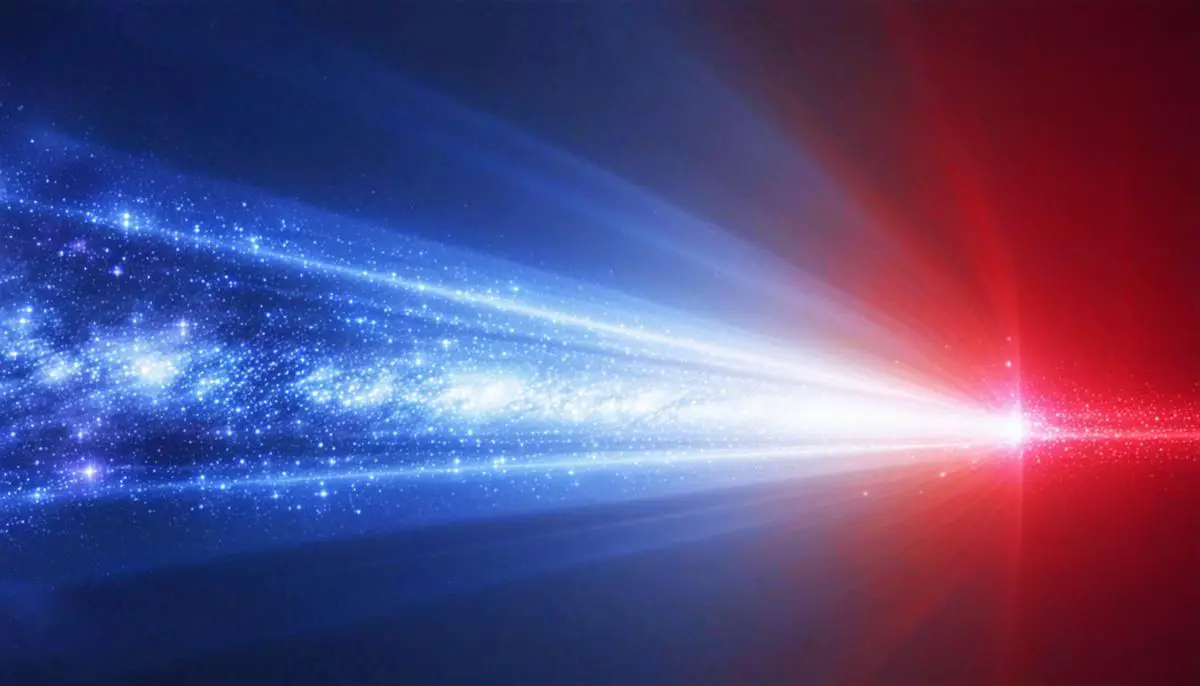Fundamentals of Redshift
The concept of redshift is analogous to the Doppler effect observed with sound waves. When light travels towards an observer, the waves compress, shifting the color towards the blue end of the spectrum (blueshift). Conversely, when light sources move away, the waves stretch, shifting towards the red end (redshift).
In our expanding universe, most objects are moving away from us, resulting in redshift. This phenomenon is crucial in understanding cosmic distances and velocities. The further away a galaxy is, the faster it's moving, and the more its light waves are stretched towards the red end of the spectrum.
Redshift serves as a key indicator of the universe's expansion, providing insights into the cosmic scale and structure. Each observed redshift offers valuable data about the motion and distance of celestial objects, contributing to our understanding of the universe's evolution and current state.
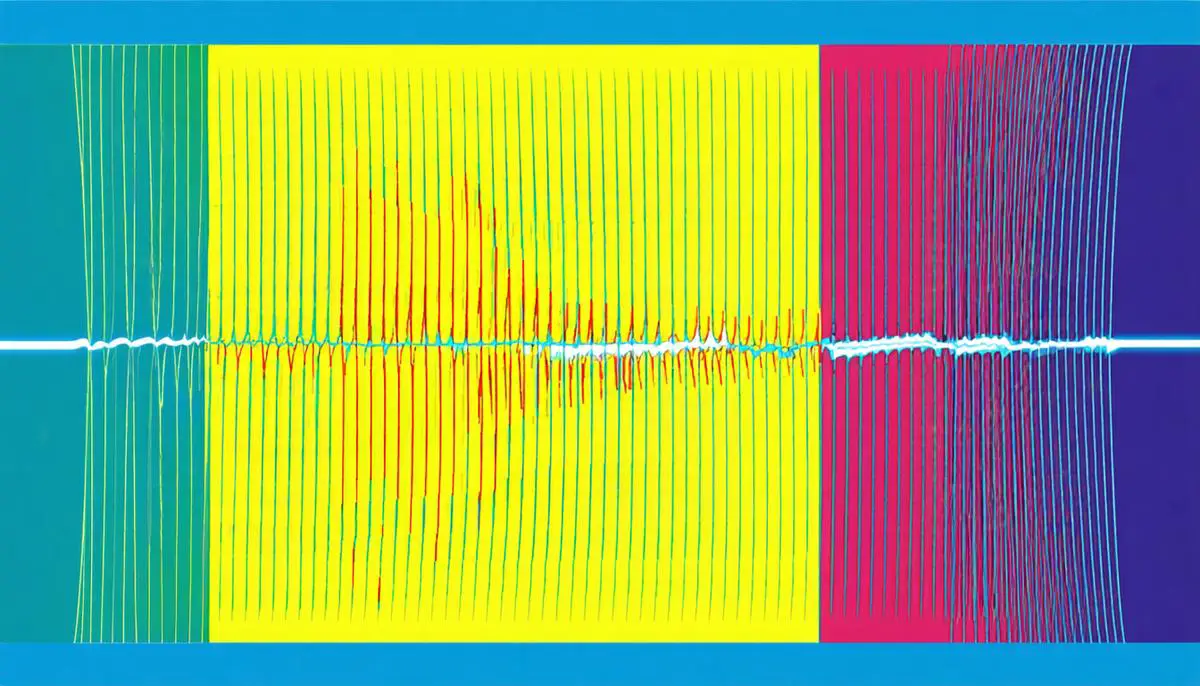
Cosmological Redshift and the Expanding Universe
Edwin Hubble's groundbreaking 1929 discovery revealed that distant galaxies are moving away from us, leading to the formulation of Hubble's Law. This law establishes a direct relationship between a galaxy's distance from Earth and its recessional velocity, with more distant galaxies exhibiting stronger cosmological redshifts.
The Big Bang Theory aligns with these observations, proposing that the universe originated from a single point of immense energy. The theory explains the observed redshifts as evidence of cosmic expansion, supported by the detection of cosmic microwave background radiation—a remnant from the early universe.
Redshift measurements enable astronomers to calculate cosmic distances and the universe's expansion rate, captured in the Hubble constant. This constant, a measure of the expansion velocity per unit distance, is crucial for understanding the universe's evolution and current state.
These redshift observations provide valuable insights into the universe's:
- Structure
- Age
- Fate
serving as a fundamental tool in modern cosmology and astrophysics.
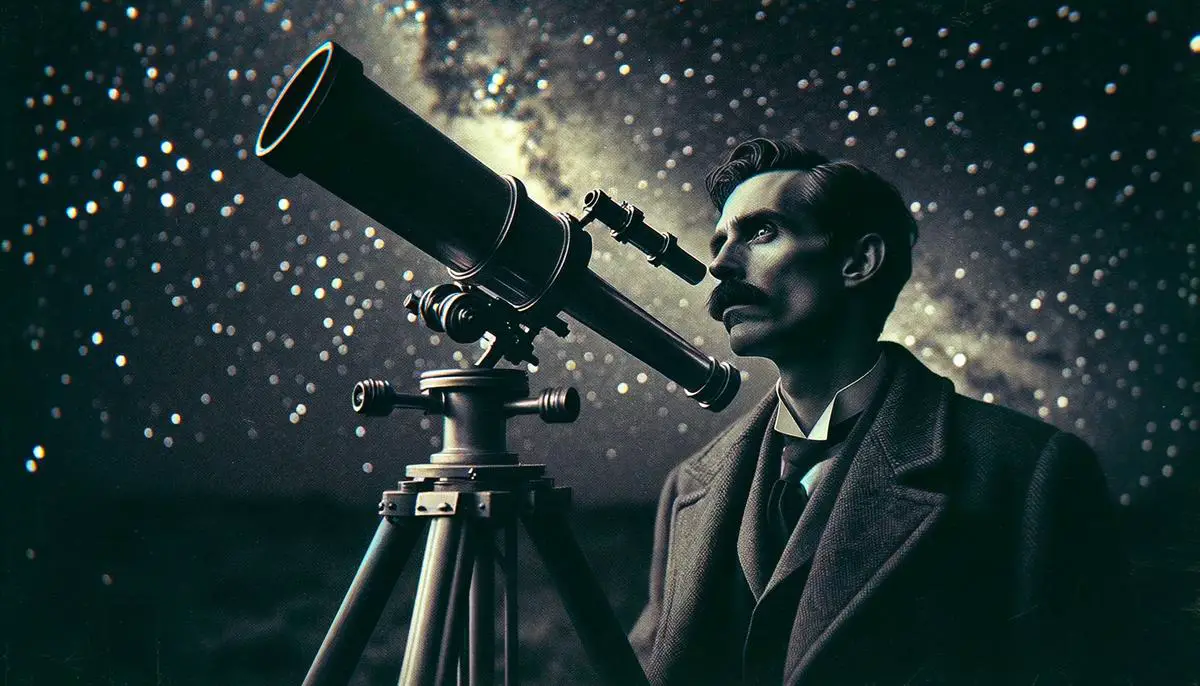
Redshift in the Milky Way and Local Systems
Within the Milky Way and nearby galactic systems, cosmological redshift is less prominent due to the dominance of local gravitational forces. These forces override the effects of cosmic expansion, creating a gravitationally bound group of galaxies.
In these local systems, we observe peculiar velocities—movements driven by gravitational interactions rather than universal expansion. These velocities can complicate redshift measurements, making it challenging to determine accurate distances to nearby stars and galaxies.
The contrast between local galactic dynamics and the broader cosmic expansion highlights the complexity of our universe. While the larger cosmos expands, our local galactic neighborhood maintains its structure through gravitational cohesion, demonstrating the interplay between cosmic forces at different scales.

Challenges and Theories in Redshift Measurement
Measuring redshift presents several challenges, notably the "Hubble tension"—a discrepancy between Hubble constant measurements from different methods:
- Cosmic microwave background observations: ~67.4 km/s/Mpc
- Supernovae and other standard candles: ~73.2 km/s/Mpc
This discrepancy has led to alternative theories, including:
- Varying speed of light (VSL) theories
- The concept of a variable Planck constant
These theories propose that fundamental constants might not be as immutable as once thought, potentially affecting our interpretation of redshift data.
These challenges and alternative hypotheses drive ongoing research in astrophysics. Scientists continue to refine measurement techniques and explore new theoretical frameworks to reconcile observational discrepancies and deepen our understanding of cosmic expansion.
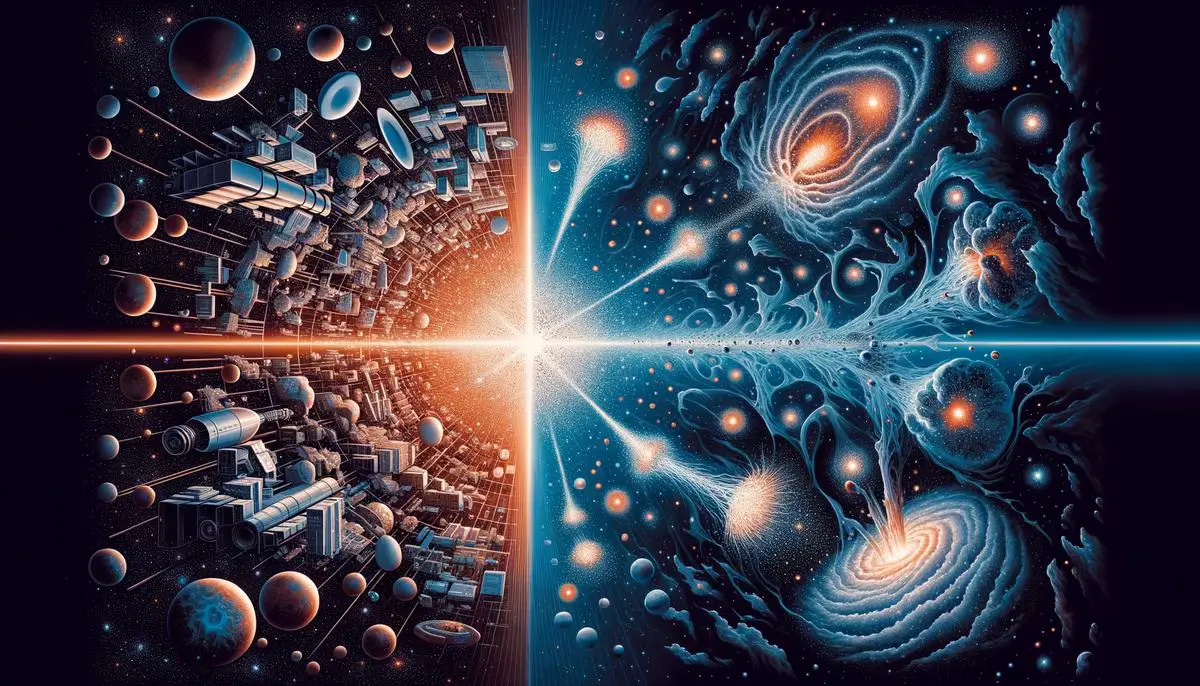
Technological Advances in Redshift Observation
Modern technology has significantly enhanced our ability to observe and measure redshift. The James Webb Space Telescope (JWST) represents a major advancement in this field. With its powerful infrared capabilities, JWST can detect highly redshifted light from the early universe, providing unprecedented insights into cosmic history.
The Dark Energy Spectroscopic Instrument (DESI) is another crucial tool in redshift observation. Designed to measure the redshifts of tens of millions of galaxies, DESI is creating a detailed three-dimensional map of the universe. This instrument is particularly valuable in addressing the Hubble tension and investigating the nature of dark energy.
These advanced instruments are pushing the boundaries of our observational capabilities, allowing us to probe deeper into space and time. Their data contribute to refining our models of cosmic evolution and expanding our understanding of fundamental physics.
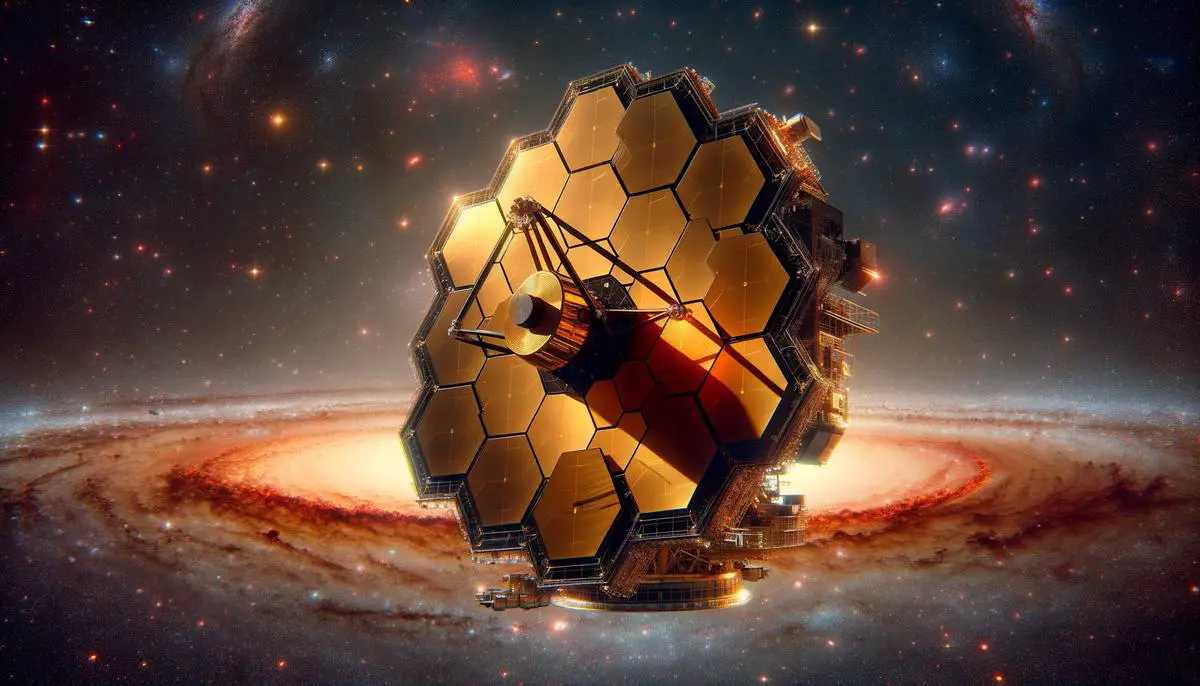
The study of redshift continues to be a cornerstone of modern cosmology, providing crucial insights into the universe's structure and evolution. As technology advances and theories evolve, our understanding of cosmic expansion deepens, driving further exploration and discovery in the field of astrophysics.
- Hubble E. A relation between distance and radial velocity among extra-galactic nebulae. Proc Natl Acad Sci U S A. 1929;15(3):168-173.
- Planck Collaboration. Planck 2018 results. VI. Cosmological parameters. Astron Astrophys. 2020;641:A6.
- Riess AG, Casertano S, Yuan W, Macri LM, Scolnic D. Large Magellanic Cloud Cepheid Standards Provide a 1% Foundation for the Determination of the Hubble Constant and Stronger Evidence for Physics beyond ΛCDM. Astrophys J. 2019;876(1):85.
- DESI Collaboration. The Dark Energy Spectroscopic Instrument (DESI). Astron J. 2022;164(5):207.
![]()
